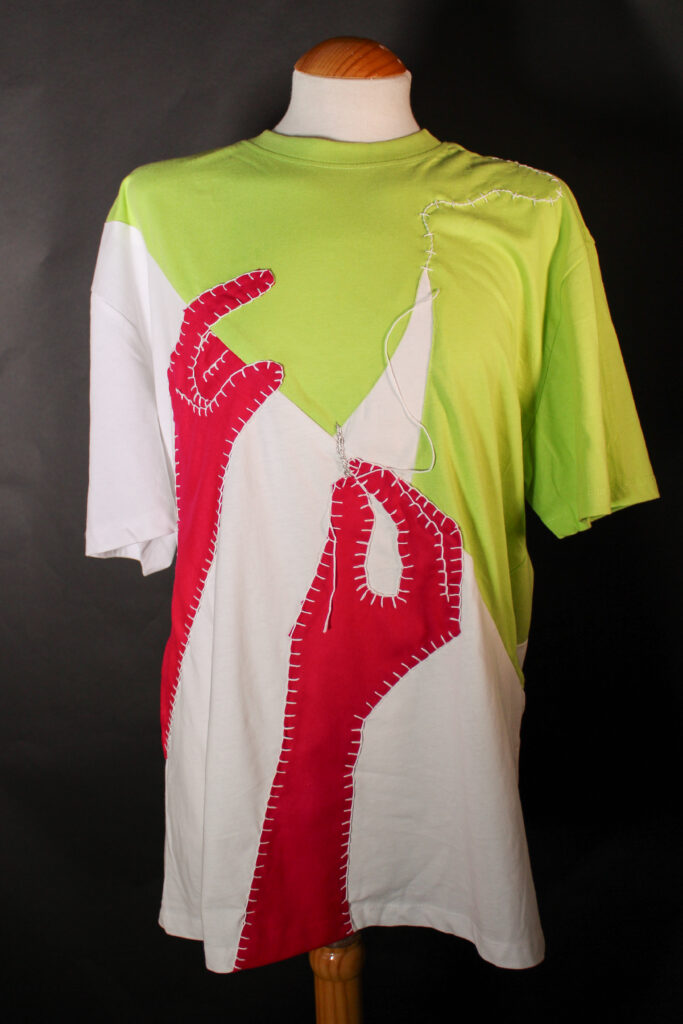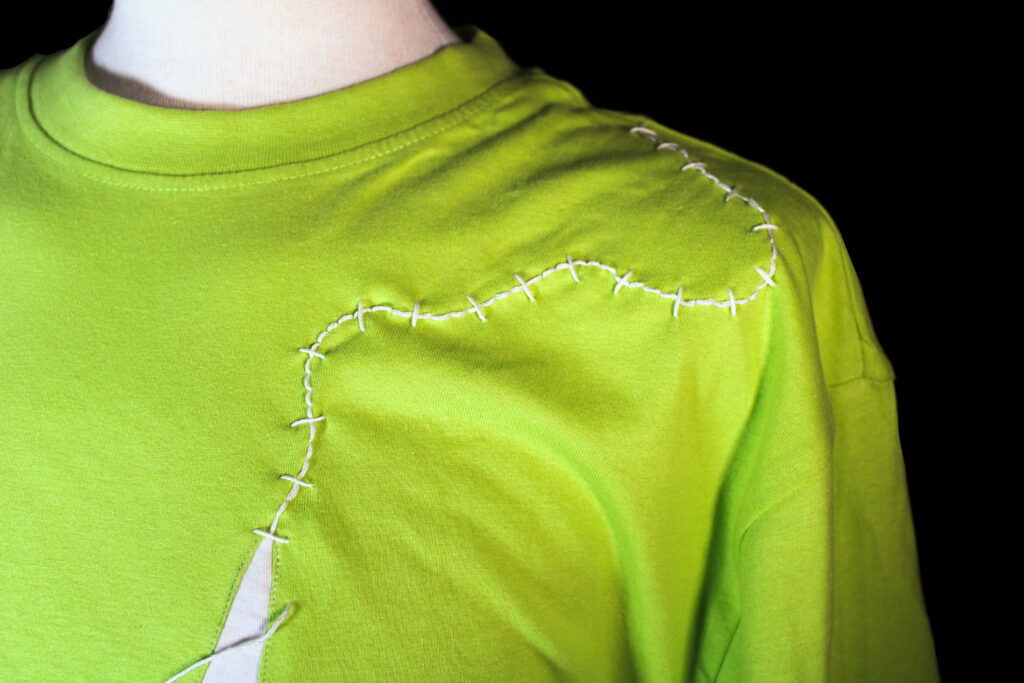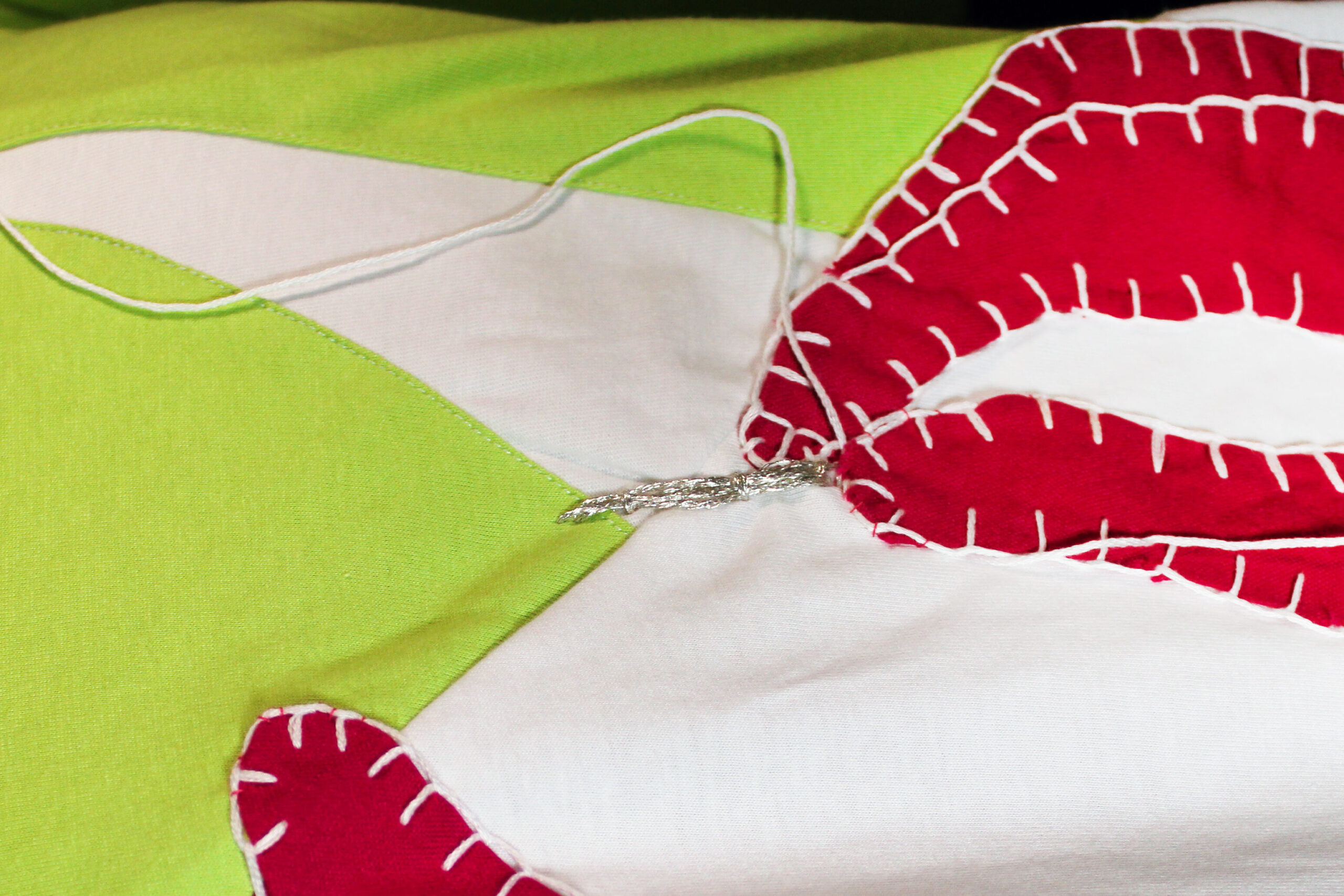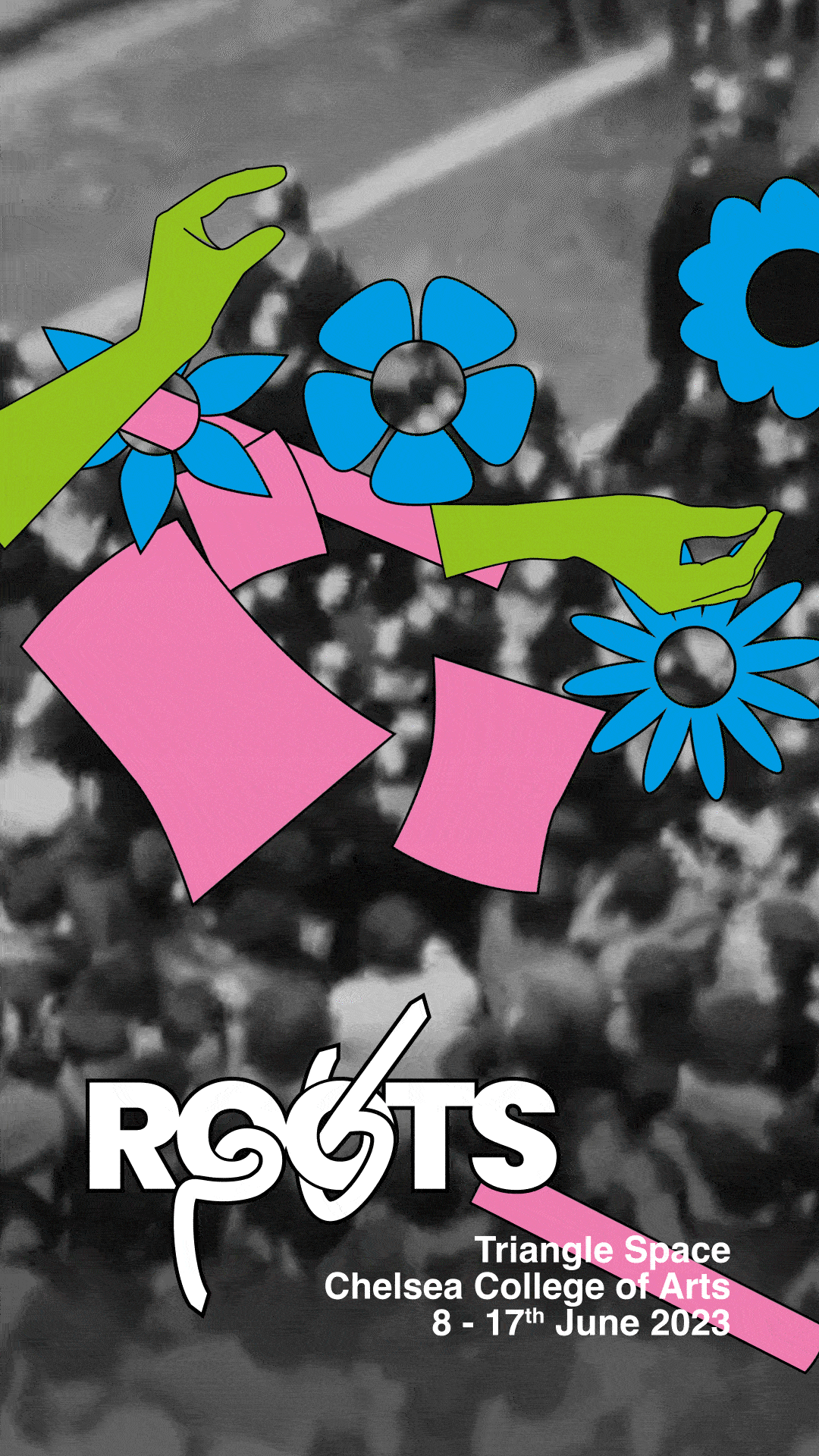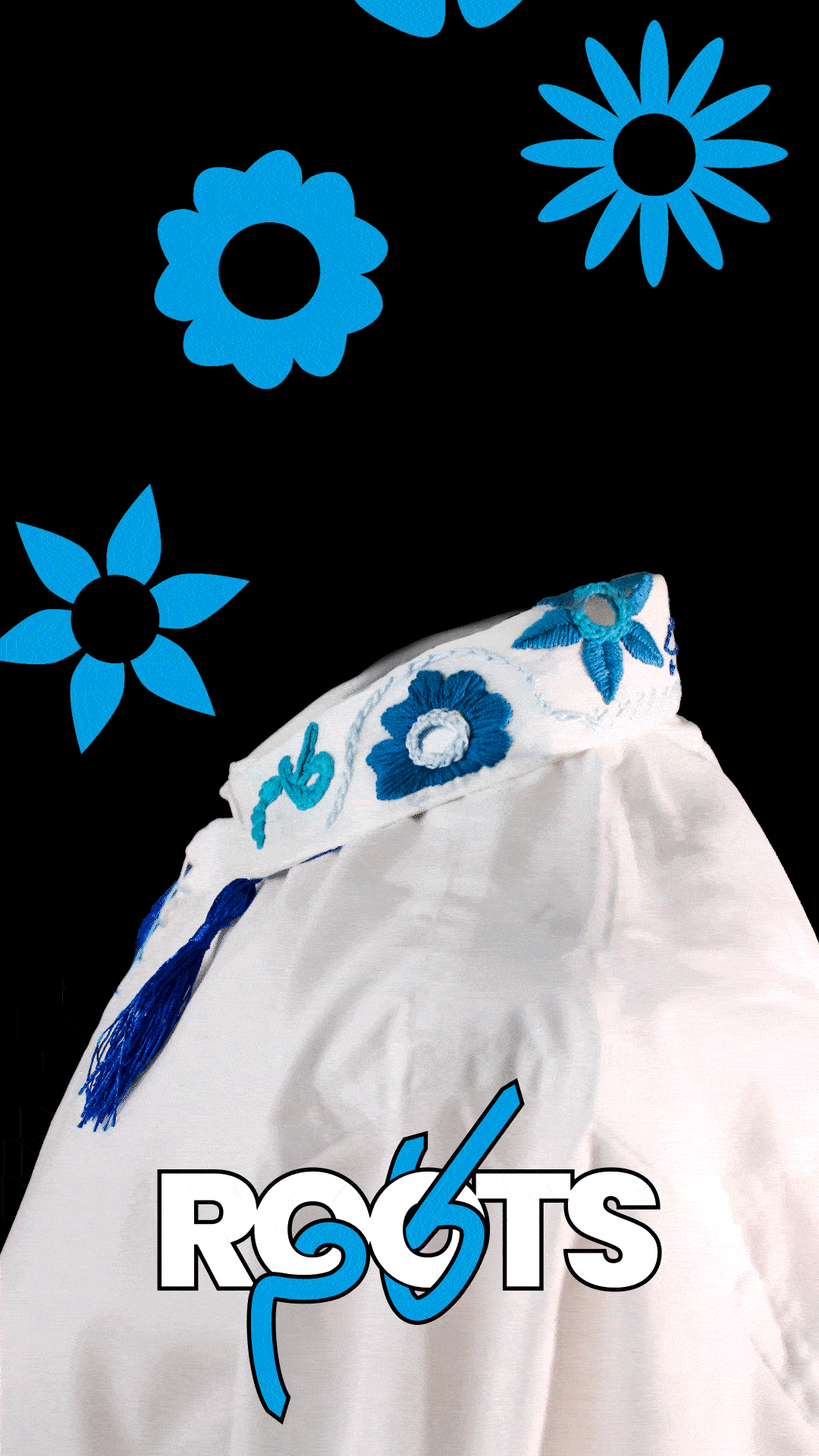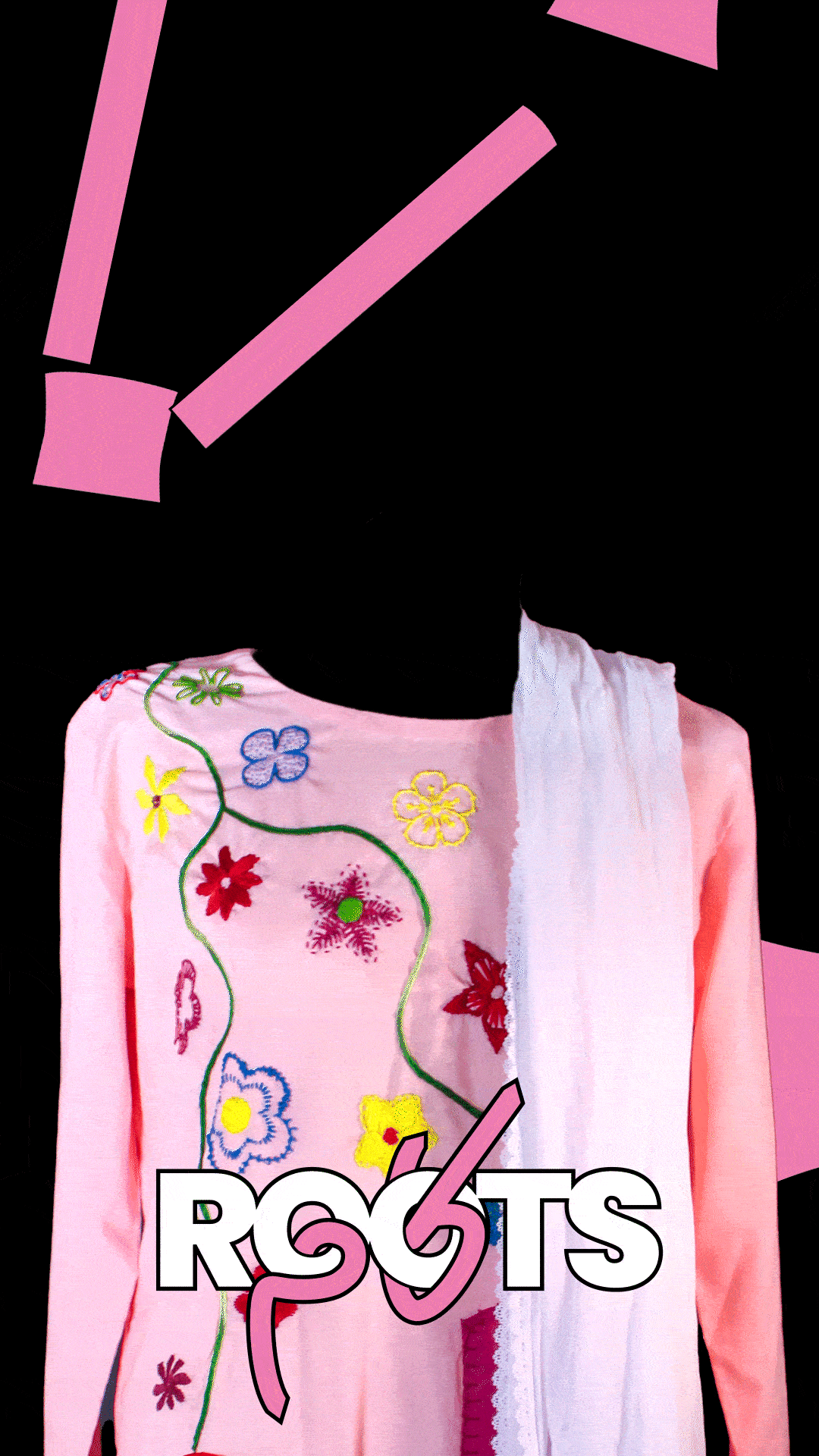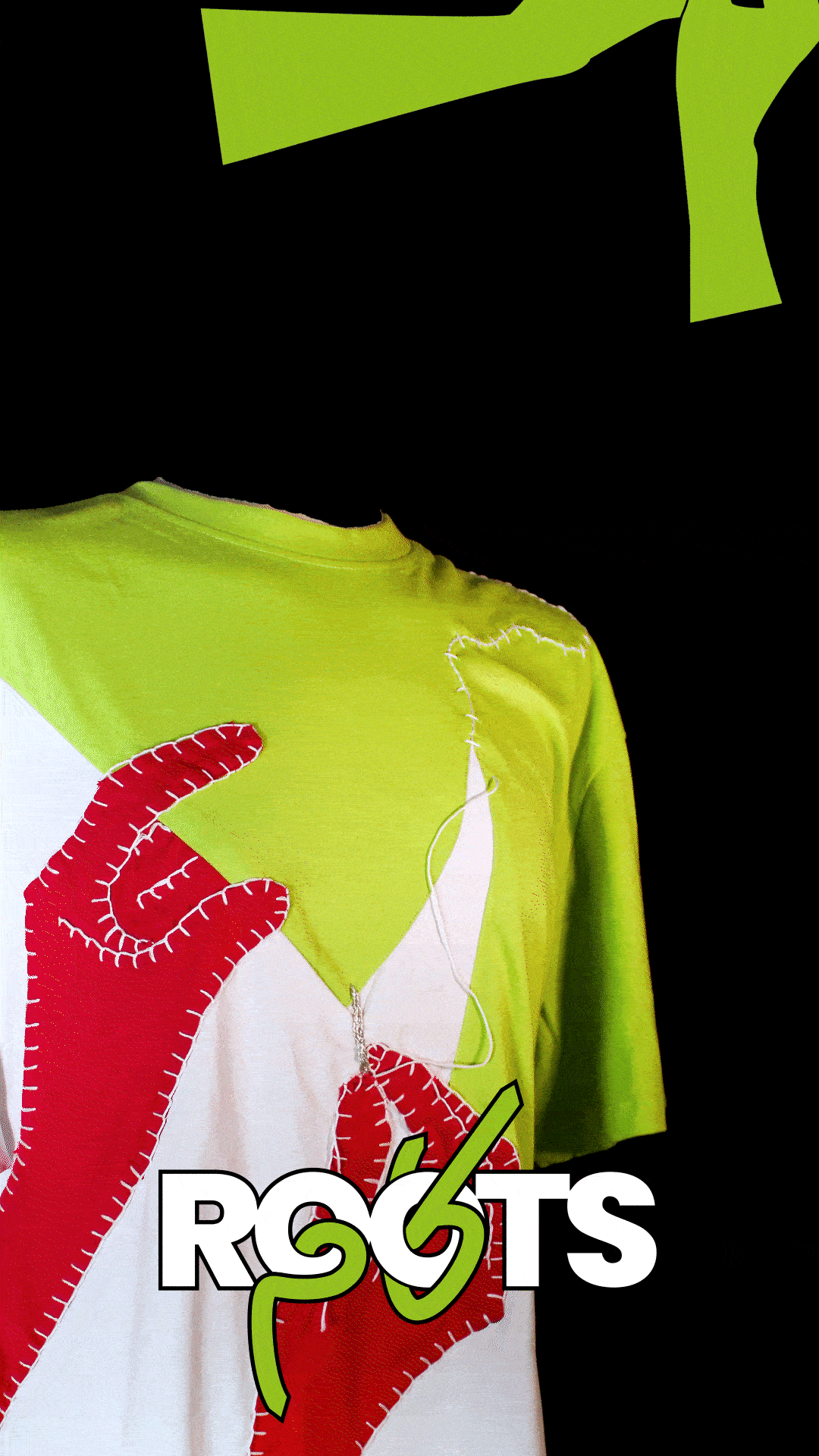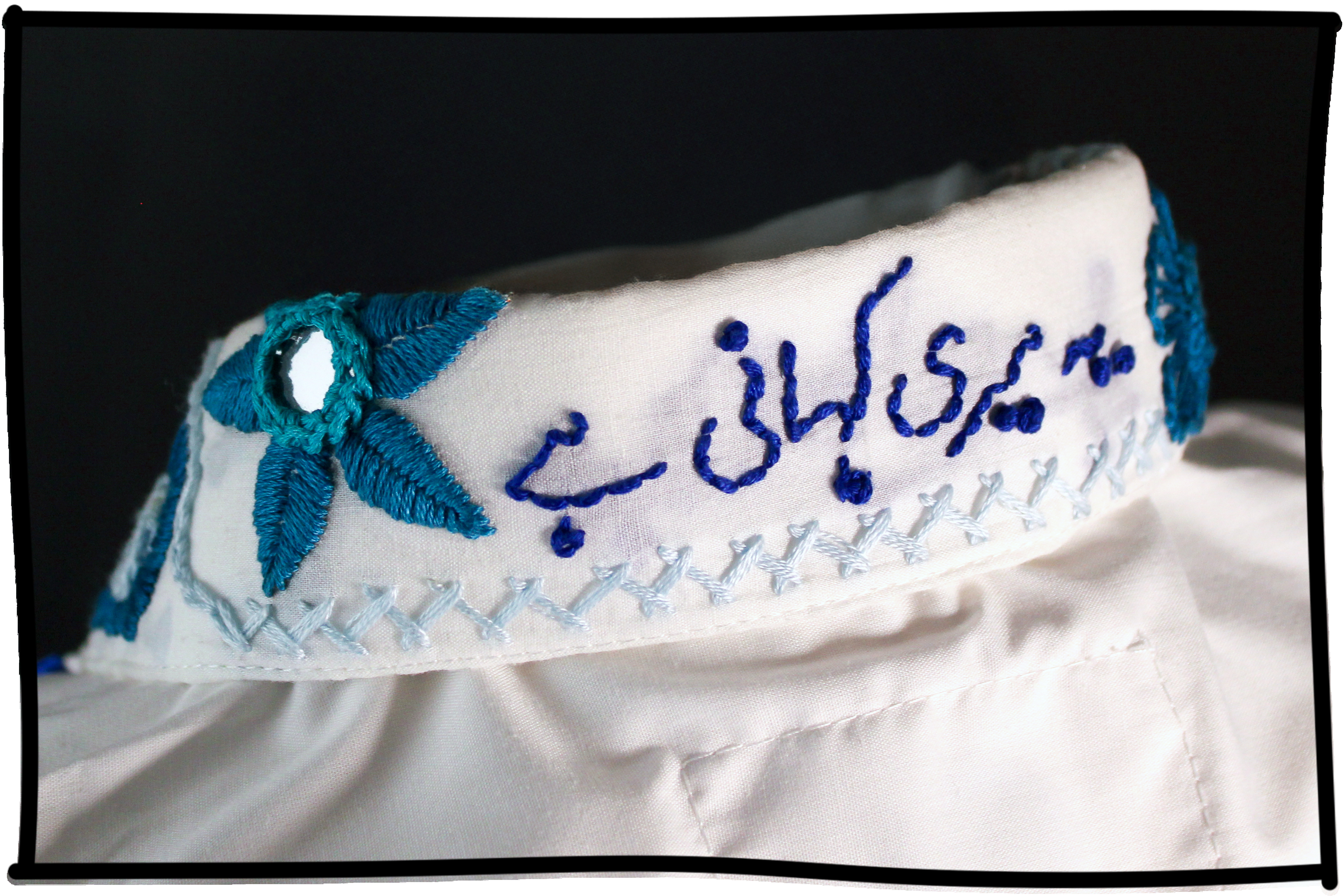ROOTS is an anthology of stories presented through clothing. The project examines the lives of working class Pakistani women living in Britain, exploring their attitudes towards integration and highlighting their stories.
The project began as an analysis of female immigrant factory work and cottage industries in the 1970-90s, specifically tailoring and textiles, developing into its current state as I interviewed women and researched personal accounts and local histories.
I chose to focus on clothing because of its power as a physical symbol of integration, significance in Pakistani culture and relation to the textiles industry that many women worked in when they came to the UK.
Orientalism in the media plays a role in crafting a one-dimensional image of Pakistani women as idle housewives who are entirely dependent on their husbands and contribute nothing to the economy, however my own experiences suggest otherwise. Not working was a privilege which existed for Pakistan’s middle class women but, having migrated to the UK, working class families needed as many sources of income as possible to settle and raise a family. These women often worked in cottage industries such as sewing and box folding in their homes, which left them out of official employment statistics.
The clothes are the vehicle for this project and are each accompanied by videos showing the process of making them, overlaid with edited audio from the interviews. I want to reconnect consumers with the labour that goes into making clothes, which is easily forgotten in the age of fast fashion. The clothes have an NFC tag sewn into the label, so at any time the label can be scanned and the wearer can reconnect with the stories behind the garment. These videos give the women an opportunity to speak for themselves, conveying their word directly to wider audiences so that the clothes do not reign over them as an interpretation.

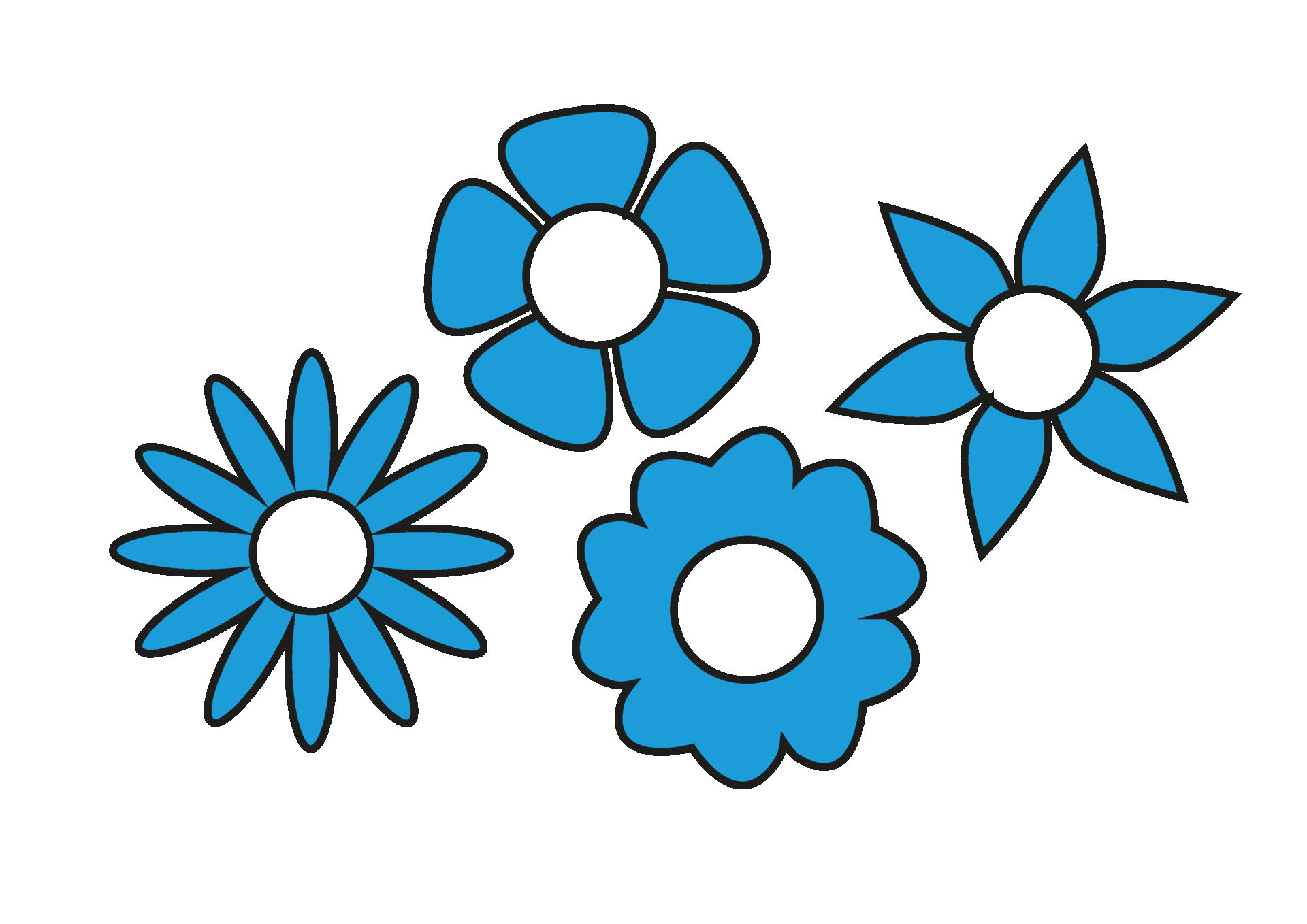
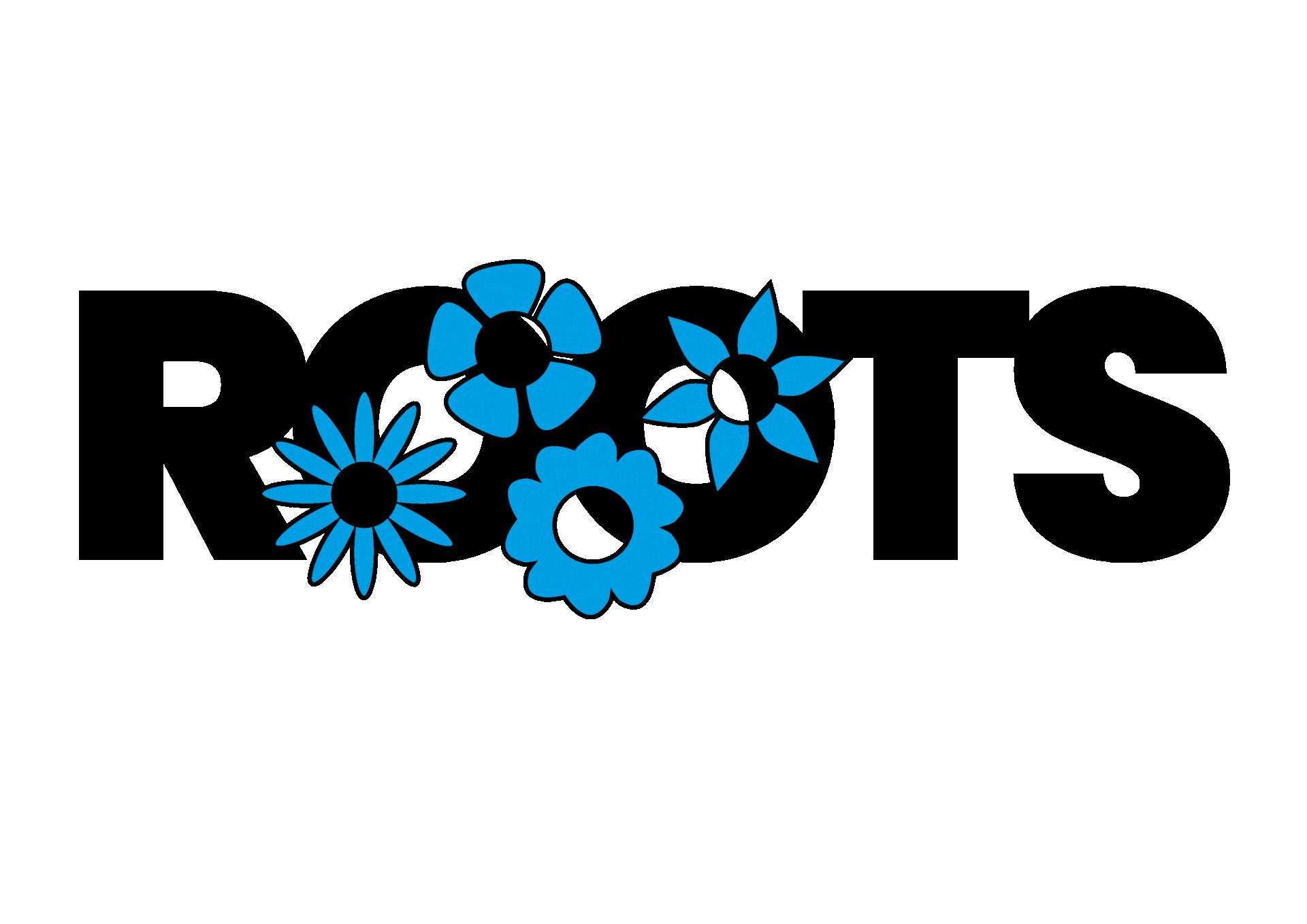
The Blue Collar Blouse
Inspired by Farah Kayani, supervisor at a local brush factory.
This shirt was made for a woman who takes pride in her work as a factory supervisor but wants the next generation of Pakistani women to have more success and reach the top. The archaic class signifiers of blue/white collar shirts are employed in this piece of clothing.
There is finer embroidery on this item to make up for the small surface area; traditional floral embroidery, mirror work and Urdu are used to balance out the Western connotations of a work shirt. The embroidery explicitly reads “Work”/”Clothes” on the collar tips and “This is my story” around the back, with an English translation on the inside for a woman who values her bilingualism. A blanket stitch runs down the buttons to add visual interest outside the collar and create synergy between all three clothing items. Tassels hang from the collar, used regularly in Pakistani clothing, but here they mimic a graduation cap for a woman who regrets not going to university.
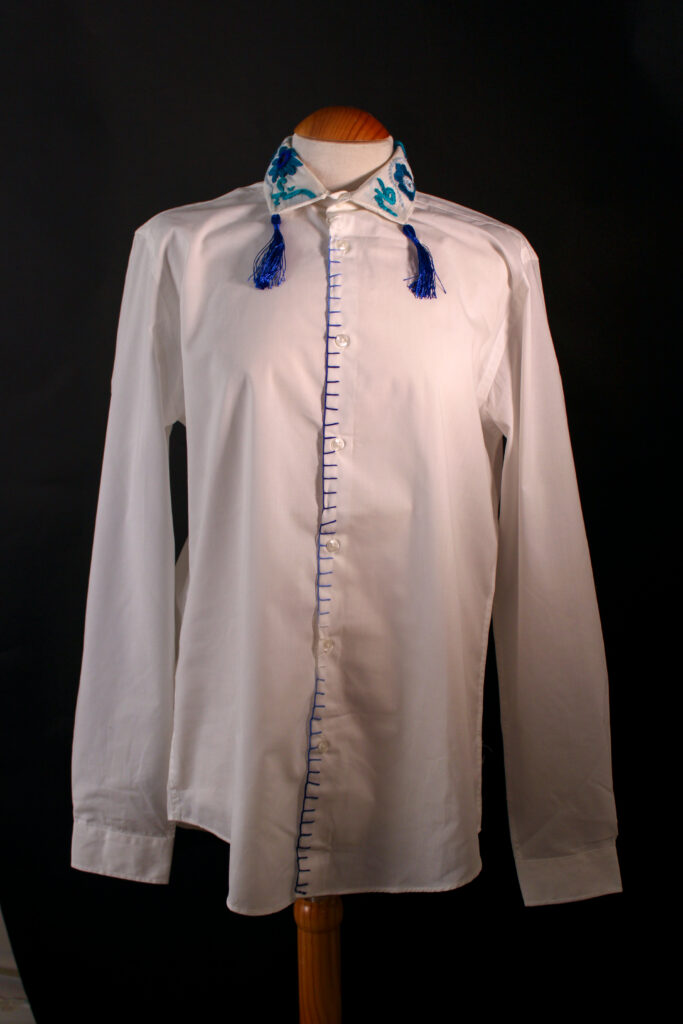

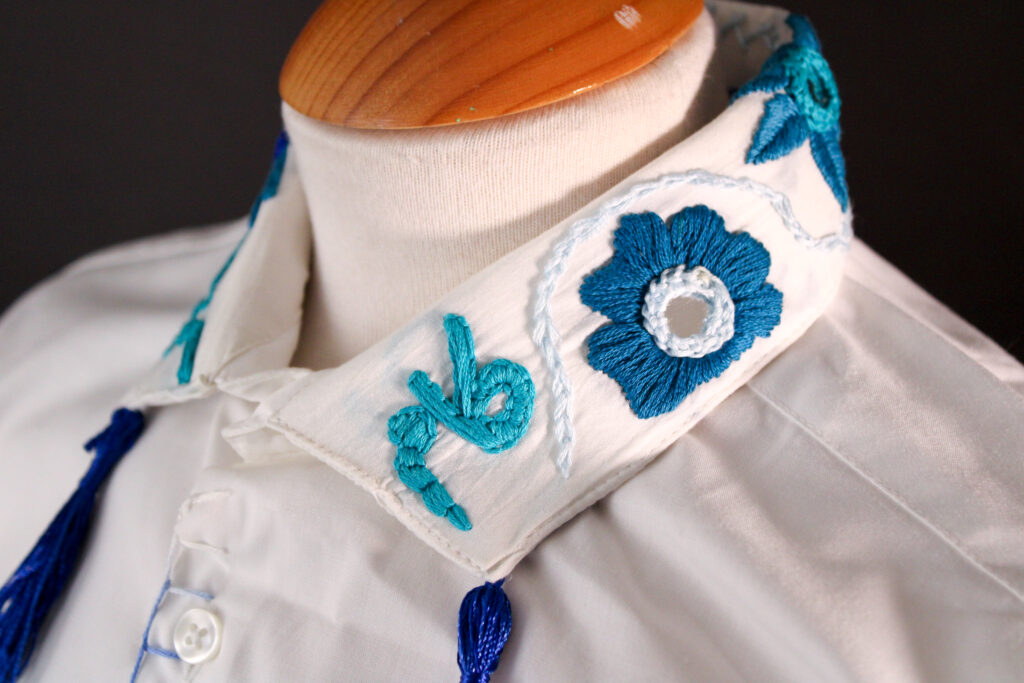
The Karkhana Kameez
The Factory Kameez
Inspired by my mother, Rukhsana Shaheen, and her friends.
This kameez is for the generation of Pakistani women who came to the UK in the 80s and worked all day, everyday, in their shalwar kameez. Whether in factories, sewing at home or raising families, these women felt no fear of racial discrimination or ridicule as they wore what they were most comfortable in and, importantly, found most beautiful.
Factory chimneys are appliqued to the kameez using leftover fabric scraps from when my mother worked as a tailor, with the smoke replaced by flowers flowing to the neck. The multitude of colour in this kameez is unusual for Pakistani clothes, especially modern ones, so this is not to be seen as representative of Pakistani fashion. Instead, the vibrancy brings joy and life into drab factories.
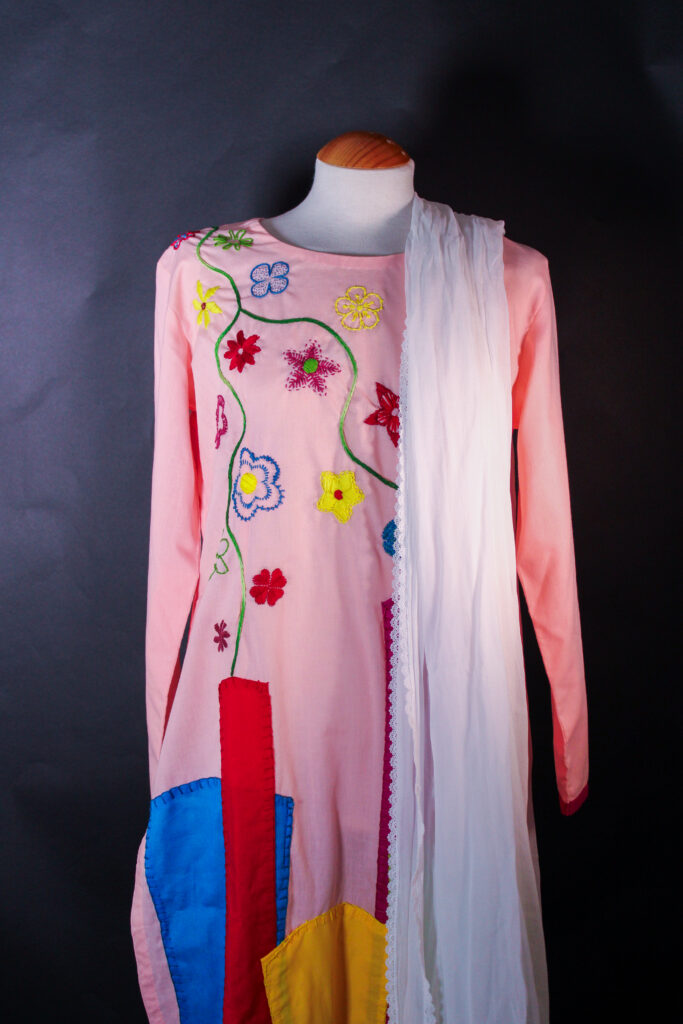
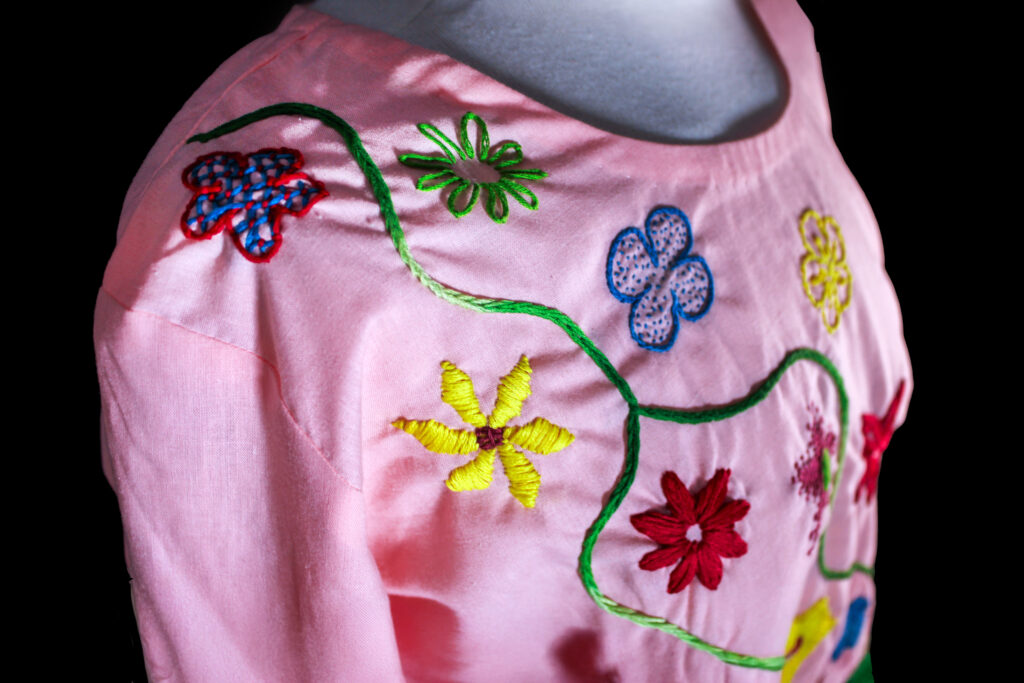
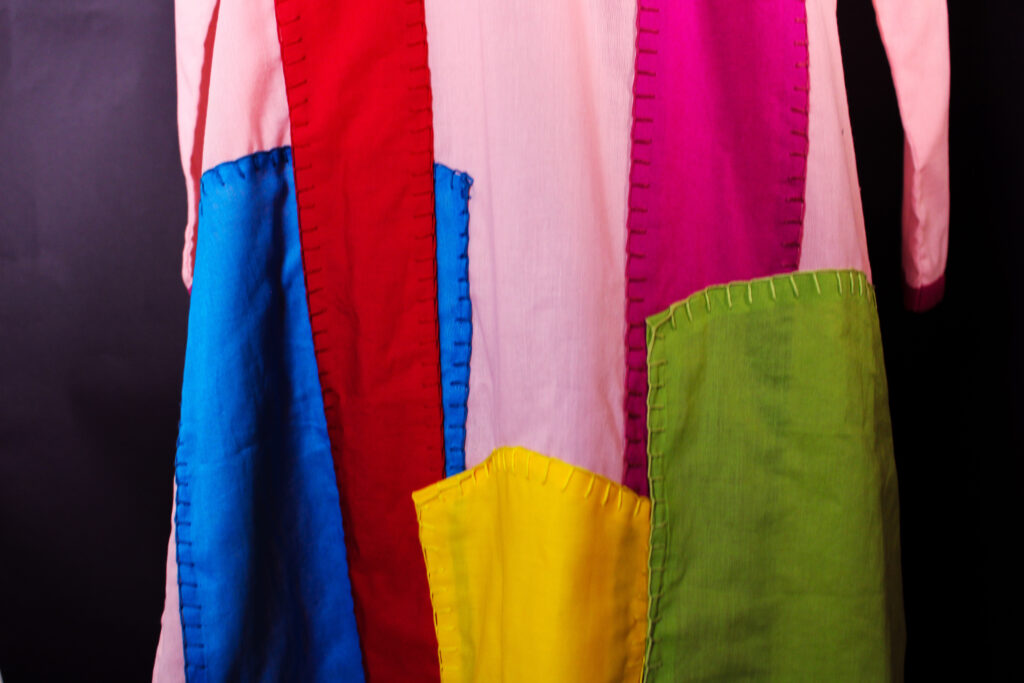
The Rangile Haath Shirt
The Colourful Hands Shirt
Inspired by the teenage girls interviewed in ‘Humari Rangily Zindagi’ [Our Colourful Lives]
My mother’s hands are shown larger-than-life on this shirt, sewing shut a gap between the two fabrics. The duality of the shirts represents the divide the young girls of Birmingham felt between their British and Asian identities. The gap reflects the “imaginary river” which one girl saw between the two cultures and countries, or could be seen as the crack of a window smashed by a racist hate crime – Paki-bashing – which many of the girls had personal experiences with.
The hands are attached with an appliqué blanket stitch, both functional and decorative. The stitch being made by the hands is let loose and hangs freely from the shirt. The South Asian embroidery technique of zari, metallic thread, is used for the needle, making the apparatus the central point for this story instead of just a tool.
